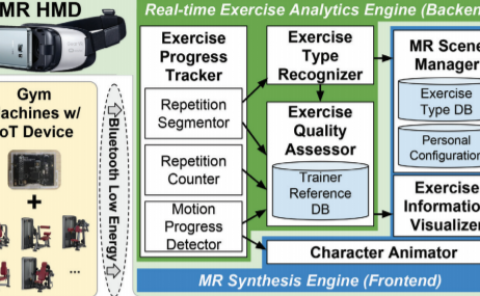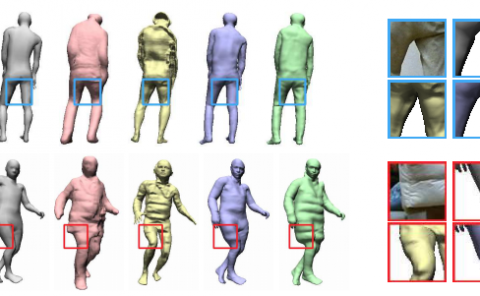Optimal Camera Placement for Motion Capture Systems
PubDate: December 2016
Teams: University of Iowa
Writers: Pooya Rahimian; Joseph K. Kearney
PDF: Optimal Camera Placement for Motion Capture Systems

Abstract
Optical motion capture is based on estimating the three-dimensional positions of markers by triangulation from multiple cameras. Successful performance depends on points being visible from at least two cameras and on the accuracy of the triangulation. Triangulation accuracy is strongly related to the positions and orientations of the cameras. Thus, the configuration of the camera network has a critical impact on performance. A poor camera configuration may result in a low quality three-dimensional (3D) estimation and consequently low quality of tracking. This paper introduces and compares two methods for camera placement. The first method is based on a metric that computes target point visibility in the presence of dynamic occlusion from cameras with “good” views. The second method is based on the distribution of views of target points. Efficient algorithms, based on simulated annealing, are introduced for estimating the optimal configuration of cameras for the two metrics and a given distribution of target points. The accuracy and robustness of the algorithms are evaluated through both simulation and empirical measurement. Implementations of the two methods are available for download as tools for the community.


